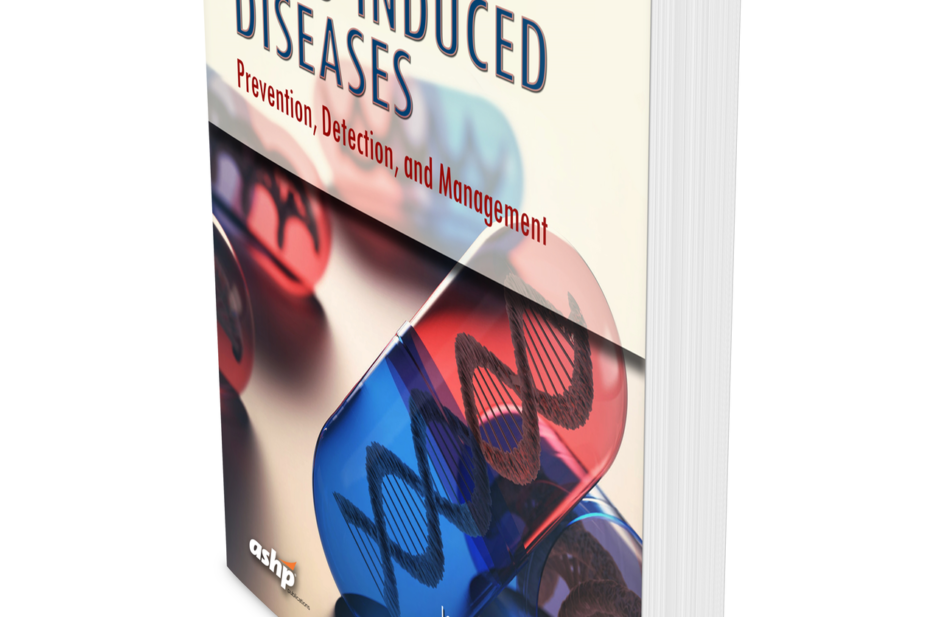
Drug therapy can improve and prolong a patient’s life, but it is important to remember that drugs are also capable of causing harm by triggering new ailments, or exacerbating those that already exist. The unintended effects of a drug may lead to a patient seeking medical attention or requiring hospitalisation, and could even lead to death. This book, now in its third edition, provides a detailed analysis of how to identify, prevent and manage these drug-induced diseases.
The book is divided into 58 chapters, most of which are dedicated to specific disease states. This structure allows the reader to easily find specific information relating to each disease. The chapters are grouped into 12 sections: the first offers a general overview of the magnitude and significance of drug-induced diseases in the healthcare system, epidemiology and the impact on public health, factors that may contribute to the development of these conditions, and the strategy of post-marketing surveillance for their detection.
The remaining sections are organised around specific organ systems and the diseases in which drugs have been implicated as the causative agents. As an example, the section on drug-induced dermatological diseases contains chapters covering drug allergy, cutaneous diseases, systemic lupus erythematosus-like syndrome, photosensitivity, alopecia, hirsutism and hypertrichosis. I do, however, take issue with the listing of epidermal growth factor receptor inhibitors as a cause of acne — these drugs cause rashes that can be described as acneiform eruptions but are not strictly acne.
Each chapter follows a consistent structure to describe a particular disease state and explore links to the medications that can cause the disease. Information relating to epidemiology, mechanisms of action, clinical presentation, differential diagnosis, risk factors, morbidity and mortality is included, along with methods of prevention, management and information to patients.
The chapters also include a series of standard tables. The ‘agents implicated’ tables offer a useful indication of strength of evidence to associate a drug with a disease — level A from randomised controlled clinical trials, level B from non-randomised trials, cohort studies, meta analyses or post-marketing surveillance studies, or level C from case reports or case series.
Experts who are distinguished in their respective specialties have contributed these chapters, and each chapter is well referenced. But while this edition is comprehensive, it does not embrace the recent advances in personalised medicine. The book does not introduce advanced therapy medicinal products and their inherent risks are not covered. In addition, the section dealing with legal and regulatory aspects refers only to law in the United States and the US Food and Drug Administration.
Drug-induced Diseases: Prevention, detection, and management is a well-organised, easy-to-use reference source that fills a big gap in the current literature. It gives this vital subject the comprehensive coverage that it deserves. The book will be valuable to healthcare professionals working on the frontline, who, when confronted with a patient presenting with a new disease or an exacerbation of an existing condition, will ask the question: “Could this problem be drug induced?”
Laurence A Goldberg
References
Drug-induced Diseases: Prevention, Detection, and Management, edited by James E Tisdale and Douglas A Miller. 3rd ed. Pp xxv+1399. US$225. Maryland: American Society of Health-System Pharmacists; 2018. ISBN 978-1-58528-530-3


